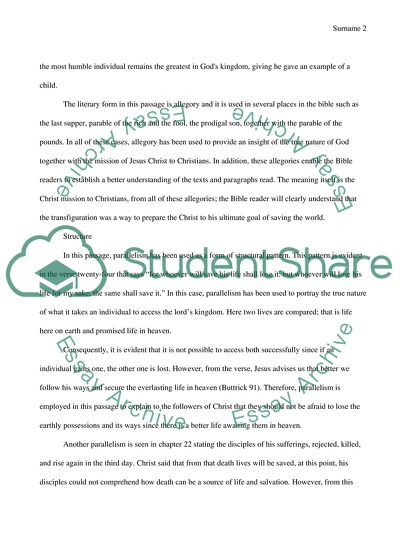Cite this document
(Theological Dictionary of the New Testament Book Report/Review Example | Topics and Well Written Essays - 1750 words, n.d.)
Theological Dictionary of the New Testament Book Report/Review Example | Topics and Well Written Essays - 1750 words. https://studentshare.org/religion-and-theology/1840161-luke-918-36
Theological Dictionary of the New Testament Book Report/Review Example | Topics and Well Written Essays - 1750 words. https://studentshare.org/religion-and-theology/1840161-luke-918-36
(Theological Dictionary of the New Testament Book Report/Review Example | Topics and Well Written Essays - 1750 Words)
Theological Dictionary of the New Testament Book Report/Review Example | Topics and Well Written Essays - 1750 Words. https://studentshare.org/religion-and-theology/1840161-luke-918-36.
Theological Dictionary of the New Testament Book Report/Review Example | Topics and Well Written Essays - 1750 Words. https://studentshare.org/religion-and-theology/1840161-luke-918-36.
“Theological Dictionary of the New Testament Book Report/Review Example | Topics and Well Written Essays - 1750 Words”. https://studentshare.org/religion-and-theology/1840161-luke-918-36.


